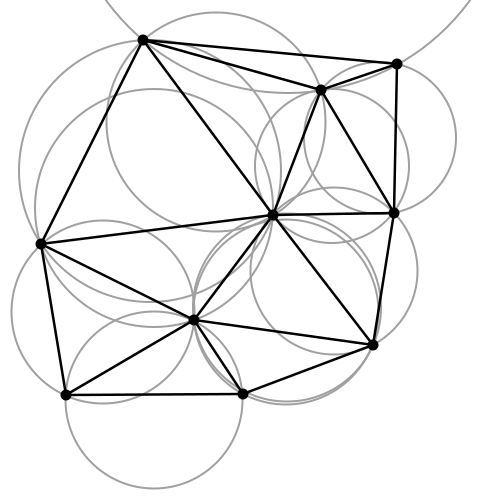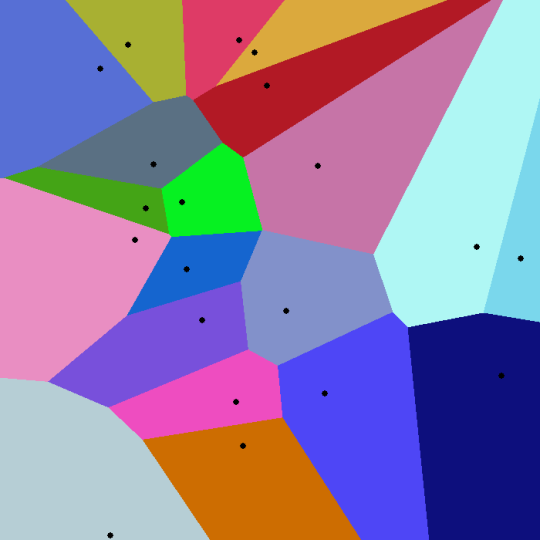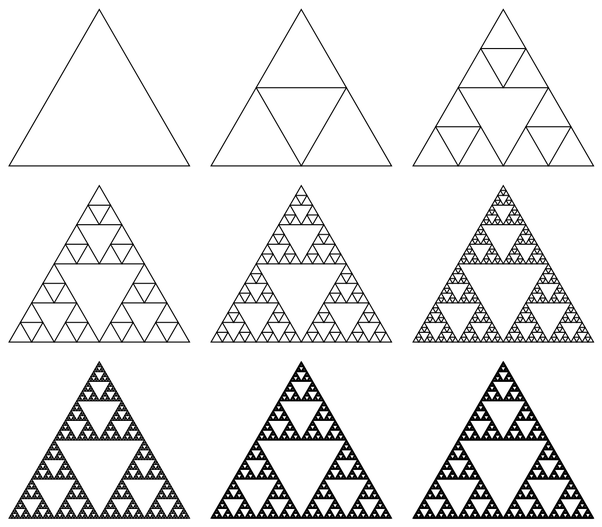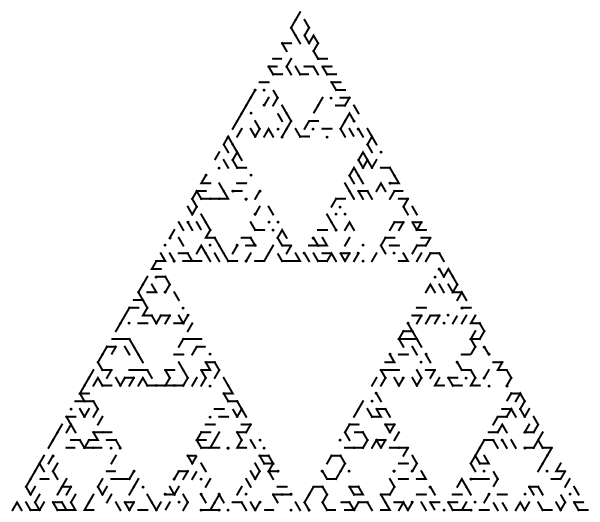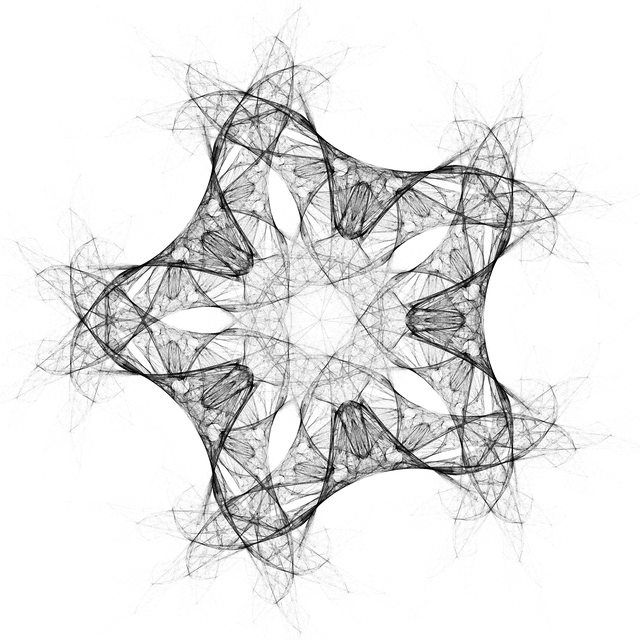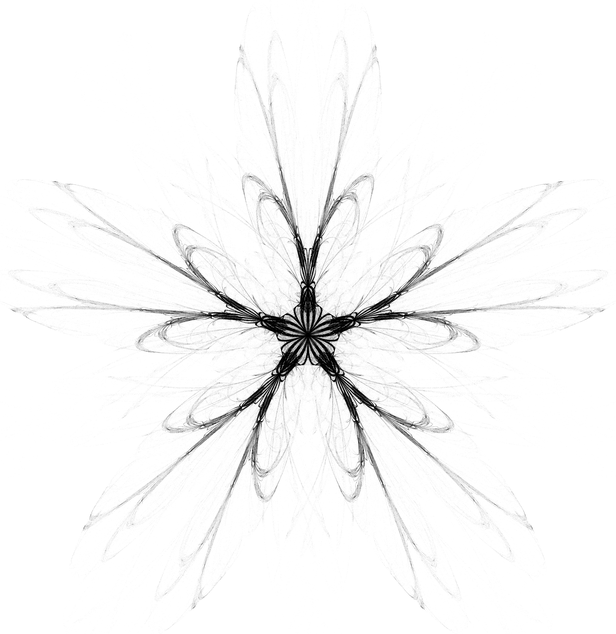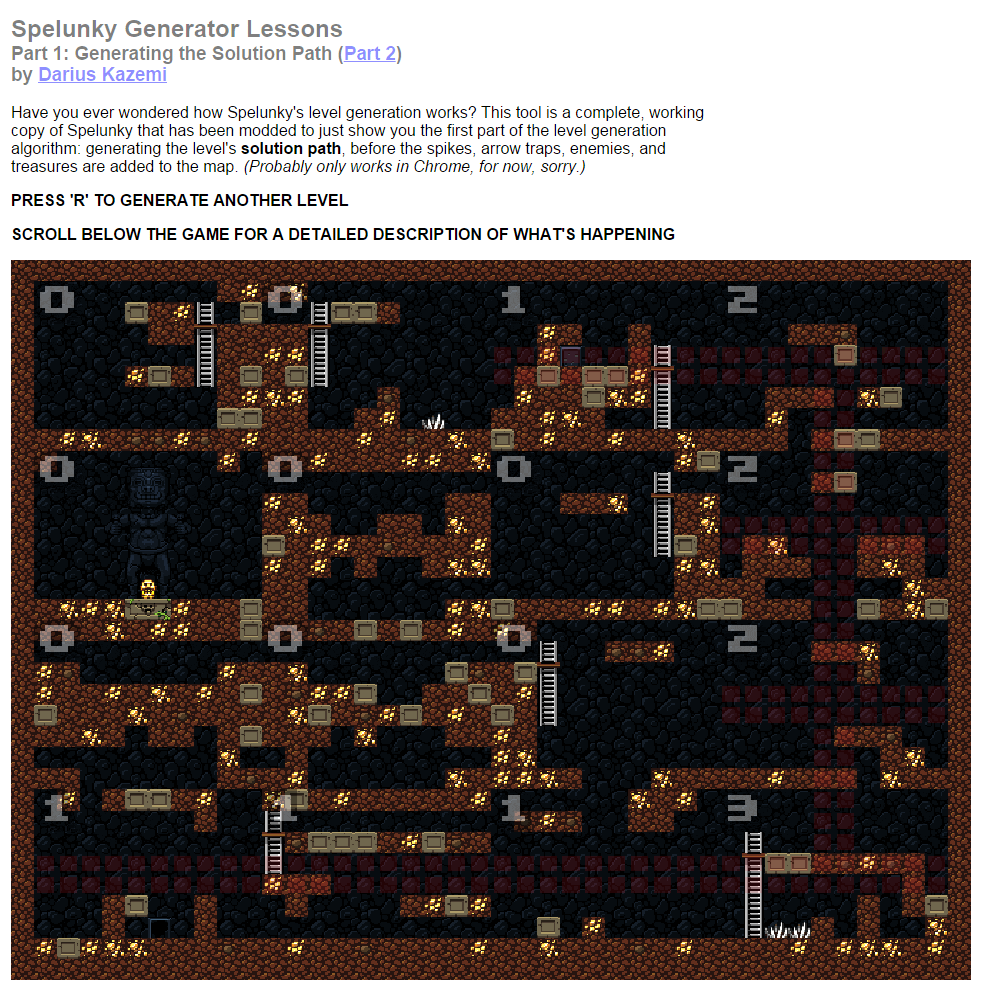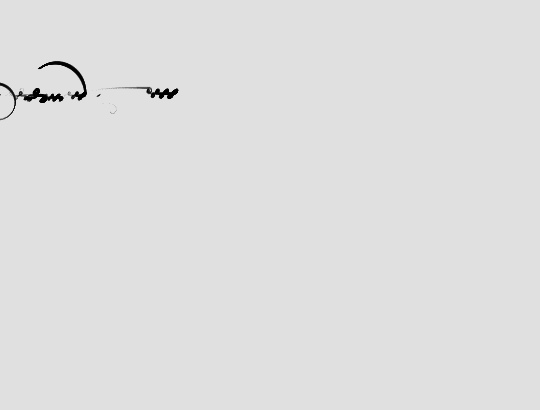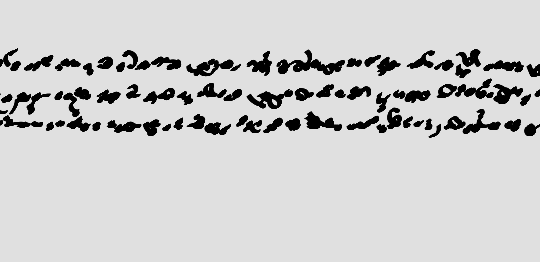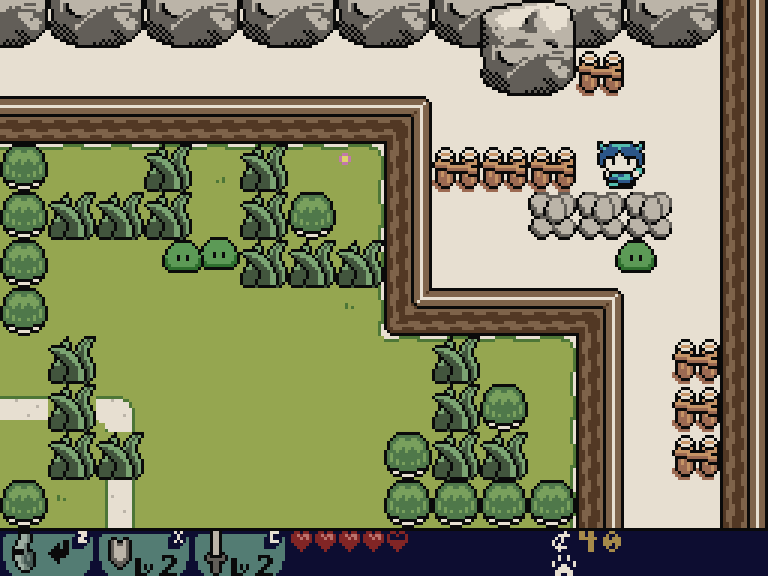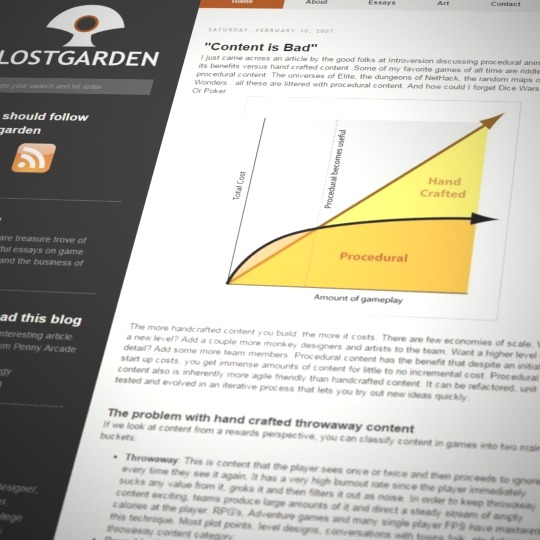
“Content is Bad” (2007) is a post by Dan Cook discussing the tradeoffs between procedural content and handcrafted content. Each one has advantages and disadvantages, and Dan suggests some questions that developers can ask themselves to get a better idea of which choice is right for a particular problem.
He draws a connection between modular content and procedural content; while not all modular content is procedural, modular content is an important factor in making expressive content cheaply. There’s also a brief discussion of density, which is a topic that will undoubtedly come up here again, not just in terms of gameplay but for all content.
One last point that he makes (linking to an essay by Jason Booth) is that procedural generation is a tool, not a magic wand that gives you content for free.
http://www.lostgarden.com/2007/02/content-is-bad.html

